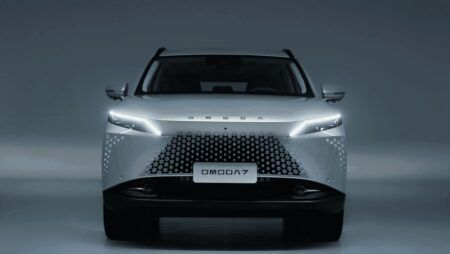A new report from the International Energy Agency shows how the rapid growth of batteries is underpinning decarbonisation of the electricity and transport sectors.
According to the report, the cost of batteries has fallen by 90 per cent over the past 15 years, one of the most dramatic ever reductions in the history of clean technology. This has been driven in part by the expansion of the electric vehicle market, where sales have gone from 3 million in 2020 to almost 14 million in 2023.
However, the biggest surge has come from the power sector, which today accounts for over 90 per cent of battery demand. According to the IEA, battery deployment for the power sector increased by more than 130 per cent year-on-year in 2023, adding a total of 42 gigawatts to electricity systems around the world.
“The electricity and transport sectors are two key pillars for bringing down emissions quickly enough to meet the targets agreed at COP28 and keep open the possibility of limiting global warming to 1.5°C,” said IEA Executive Director Fatih Birol.
“Batteries will provide the foundations in both areas, playing an invaluable role in scaling up renewables and electrifying transport while delivering secure and sustainable energy for businesses and households. The combination of solar PV and batteries is today competitive with new coal plants in India. And just in the next few years, it will be cheaper than new coal in China and gas-fired power in the United States. Batteries are changing the game before our eyes.”
Despite the rapid progress, the IEA report says battery deployment still needs to scale up significantly between now and the end of the decade for the world to meet its energy and climate targets. Overall energy storage capacity needs to increase sixfold by 2030 worldwide, with batteries accounting for 90 per cent of the growth and pumped hydropower for most of the rest.
Global battery manufacturing has more than tripled in the last three years. While China produces most batteries today, the report shows that 40 per cent of announced plans for new battery manufacturing is in advanced economies such as the United States and the European Union. If all those projects are built, those economies would have nearly enough manufacturing to meet their own needs to 2030 on the path to net zero emissions.





